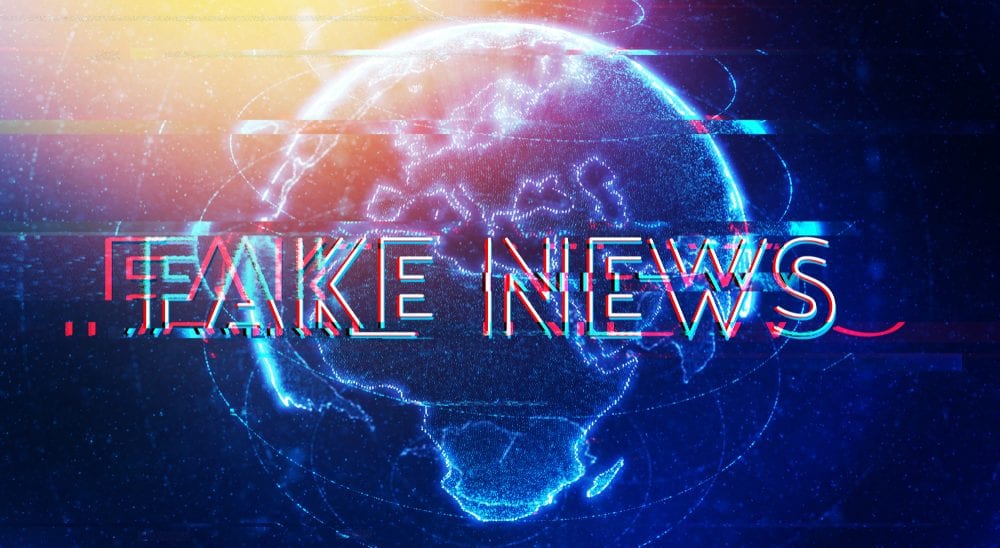Lola, fake news detection engine seeks to help fight against online harm.

A digital tool designed to detect fake news, cyberbullying and other online harms is being developed at the University of Exeter Business School.
“LOLA” uses sophisticated artificial intelligence to detect emotional undertones in language, such as anger, fear, joy, love, optimism, pessimism and trust.
It can analyse 25,000 texts per minute, and has been found to detect harmful behaviour such as cyberbullying, hatred and Islamophobia with up to 98% accuracy.
LOLA takes advantage of the latest advances in natural language processing and behavioural theory.
Taking its name from the children’s TV series Charlie and Lola, the detection engine has been developed by a team led by Dr David Lopez, from the Initiative for Digital Economy Exeter (INDEX).
“In the online world the sheer volume of information makes it harder to police and enforce abusive behaviour,” said Dr Lopez.
“We believe solutions to address online harms will combine human agency with AI-powered technologies that would greatly expand the ability to monitor and police the digital world.
“Our solution relies on the combination of recent advances in natural language processing to train an engine capable of extracting a set of emotions from human conversations (tweets) and behavioural theory to infer online harms arising from these conversations.”
Such is LOLA’s potential in the battle against misinformation that it has already led to collaborations with the Spanish government and Google.
In a recent experiment, LOLA was found to pinpoint those responsible for cyberbullying Greta Thunberg on Twitter.
Read More: Twitter to use deep learning to crack down on fake news
It has also been used to spot fake news about Covid-19, detecting the fear and anger so often used to pedal misinformation and singling out the accounts responsible.
LOLA grades each tweet with a severity score, and sequences them: ‘most likely to cause harm’ to ‘least likely’. Those at the top are the tweets which score highest in toxicity, obscenity and insult.
This kind of analysis could be a valuable tool for cybersecurity services, at a time when social media companies are under increasing pressure to tackle online harms.
The government is in the process of creating a new regulatory framework for online safety, giving digital platforms a duty of care for their users.
Dr Lopez added: “The ability to compute negative emotions (toxicity, insult, obscenity, threat, identity hatred) in near real time at scale enables digital companies to profile online harm and act pre-emptively before it spreads and causes further damage.”
Dr Lopez gives further details of the project in the document Mitigating Online Harms at Speed and Scale, and more information on LOLA can be found on the INDEX website.
